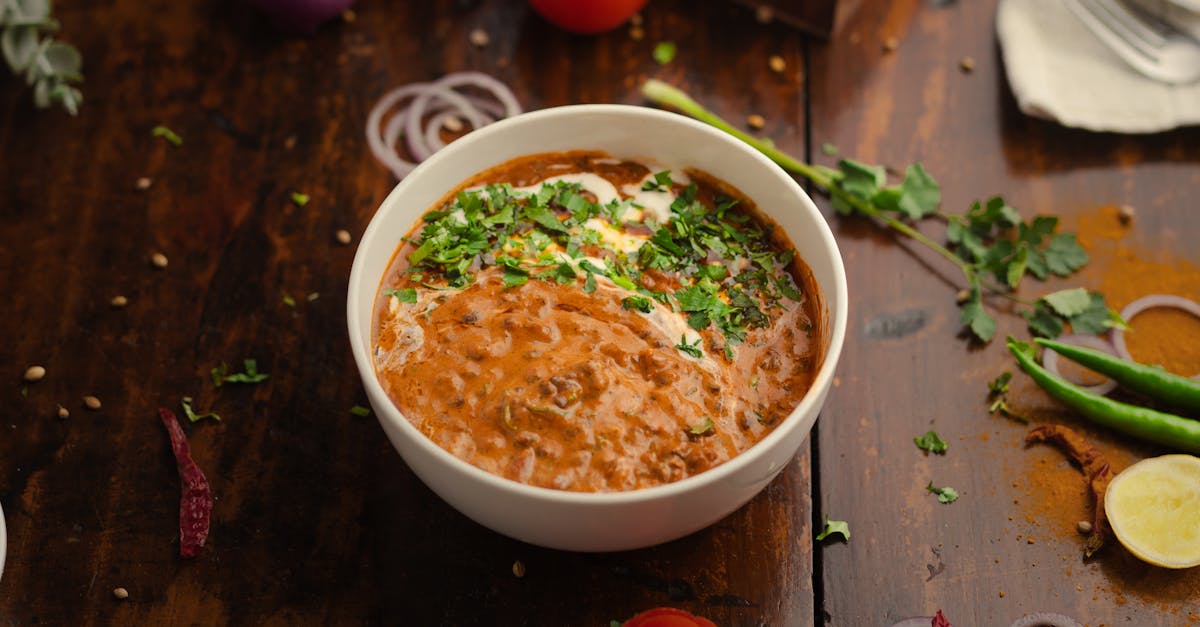# 7 Key Differences Between Dal Tadka and Dal Fry That You Need to Know
When it comes to Indian cuisine, dal is a staple that holds a special place in many hearts. Two popular variations, dal tadka and dal fry, often confuse those unfamiliar with their unique characteristics. While both dishes feature lentils as the primary ingredient, they have distinct preparation methods, flavors, and serving styles. In this blog post, we’ll explore the key differences between dal tadka and dal fry to help you understand and appreciate these delicious dishes.
| Aspect | Dal Tadka | Dal Fry |
|---|---|---|
| Preparation Method | Tempering cooked dal with spices and ghee | Frying cooked dal with spices and ingredients |
| Flavor Profile | Rich and aromatic due to tempering | Earthy and slightly spiced |
| Main Ingredients | Yellow or split lentils | Any type of lentils, often mixed |
| Texture | Smooth and creamy | Thicker and chunkier |
| Serving Style | Usually served as a side dish | Often served as a main dish |
| Common Accompaniments | Rice, roti, or naan | Roti, paratha, or rice |
| Cooking Time | Moderate; requires time for tempering | Quick; faster to prepare |
Preparation Method
Dal tadka is prepared by first cooking the lentils until soft and then tempering them with a mixture of ghee (clarified butter), cumin seeds, garlic, and dried red chilies. This tempering process enhances the flavors and creates a rich aroma, making dal tadka a delightful dish to savor. On the other hand, dal fry involves frying the cooked lentils with various spices and additional ingredients such as onions, tomatoes, and green chilies. This method gives dal fry a distinct flavor and a slightly different texture compared to dal tadka.

Flavor Profile
The flavor profile of dal tadka is rich and aromatic, primarily due to the tempering process that infuses the lentils with the essence of the spices used. The use of ghee adds a depth of flavor that many find irresistible. In contrast, dal fry offers an earthy and slightly spiced flavor, which is a result of the various spices and vegetables added during the frying process. While both dishes are delicious, their flavors cater to different taste preferences.

Main Ingredients
Dal tadka typically uses yellow or split lentils such as toor dal or moong dal, which are known for their smooth texture. These lentils are cooked until soft, creating a creamy consistency. In contrast, dal fry can be made with a variety of lentils, including masoor dal, chana dal, or a mix of different types. This versatility allows for a range of flavors and textures in dal fry, making it a favorite among many.

Texture
The texture of dal tadka is generally smooth and creamy, making it easy to pair with rice or bread. The tempering process helps maintain this creamy consistency, creating a comforting dish. Conversely, dal fry tends to be thicker and chunkier due to the added ingredients and the frying process. This texture can provide a more hearty meal that is satisfying on its own.

Serving Style
Dal tadka is usually served as a side dish accompanying rice, roti, or naan. It complements other Indian dishes beautifully, enhancing the overall meal experience. In contrast, dal fry is often served as a main dish, especially when it includes additional ingredients like vegetables or meat. It can stand alone as a meal, making it a versatile option for various dining occasions.

Common Accompaniments
<pWhen it comes to accompaniments, dal tadka is frequently paired with rice, roti, or naan, allowing the creamy lentils to shine alongside simple carbohydrates. Dal fry, on the other hand, can be enjoyed with roti, paratha, or rice as well, but it often includes more substantial sides, such as salads or pickles, due to its heartier nature.
Cooking Time
The cooking time for dal tadka is moderate, as it requires time for the lentils to cook and for the tempering to develop the flavors. This patience often results in a rich and satisfying dish. Dal fry, however, can be prepared quickly, making it a convenient option for those looking for a delicious meal in less time. The quick frying process allows for a speedy yet flavorful dish.

FAQ
What is the main difference between dal tadka and dal fry?
The main difference lies in the preparation method; dal tadka is tempered with spices and ghee after cooking, while dal fry is fried with spices and other ingredients during the cooking process.
Can I use any lentils for dal fry?
Yes, dal fry can be made with various lentils, including masoor dal, chana dal, or a mix of different types, depending on your preference.
Which dish is creamier, dal tadka or dal fry?
Dal tadka is generally creamier due to its smooth texture and the use of yellow or split lentils, while dal fry tends to be thicker and chunkier.
How should I serve these dishes?
Dal tadka is typically served as a side dish with rice or bread, while dal fry can be enjoyed as a main dish, often accompanied by roti, paratha, or rice.
For more information on Indian cuisine, you can visit [National Institute of Nutrition](https://www.nin.res.in) and [Ministry of Health and Family Welfare](https://www.mohfw.gov.in).
